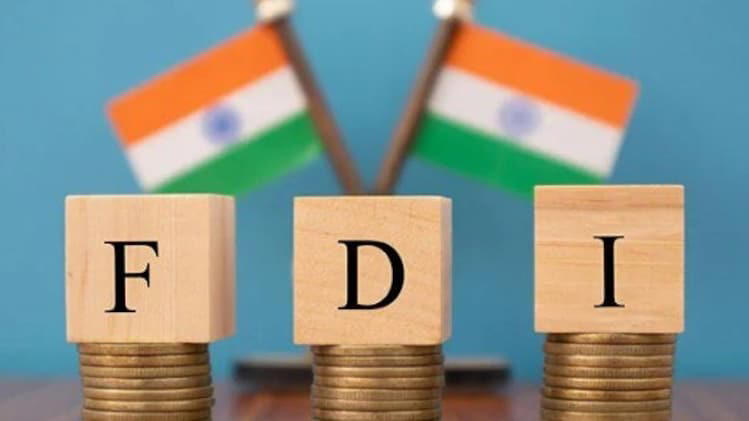India’s Net FDI Drops Sharply to $0.4 Billion in 2024-25 Despite Rise in Gross Inflows and Outward Investments
India has witnessed a significant decline in its net foreign direct investment (FDI) inflows during the financial year 2024-25, raising concerns over the country’s investment climate. According to official data, net FDI fell sharply to just $0.4 billion from $10.1 billion in the previous year. This dramatic drop comes at a time when the Indian government has been actively promoting the “Make in India” initiative to position the country as a global manufacturing hub. The fall in net FDI is attributed to a combination of factors including a substantial increase in net outward FDI (OFDI) and a rise in repatriation of investment capital by foreign investors, particularly following a wave of high-profile initial public offerings (IPOs) in India.
The outward flow of capital by Indian companies has surged significantly, with net OFDI growing 75% year-on-year to $29.2 billion in FY25. This trend indicates that more Indian firms are expanding their global footprint, especially in countries like Singapore, the United States, the UAE, Mauritius, and the Netherlands, which together accounted for over half of the outward investments. At the same time, repatriations and disinvestments grew by 15.7%, reaching $51.5 billion, compared to $44.5 billion in FY23. This is largely due to foreign investors booking profits, with successful exits through big-ticket IPOs such as the $3.3 billion listing of Hyundai Motors India Ltd and the anticipated listing of Swiggy. These exits have impacted the net FDI calculations, as capital flows out of the country even while gross inflows continue.
Interestingly, despite the fall in net FDI, gross inward FDI into India actually rose by 13.7% year-on-year to $81 billion in FY25. This marks a significant rebound after two years of stagnation, where inflows remained at a little over $71 billion in both FY23 and FY24. For comparison, India received $84.83 billion in FDI in FY22. This rise in gross inflows reflects investor confidence in key sectors such as manufacturing, financial services, energy, and communications, which together accounted for more than 60% of the total investments. Major investor countries during this period include Singapore, Mauritius, the UAE, the Netherlands, and the US, collectively responsible for over 75% of the gross FDI inflows.
The Reserve Bank of India (RBI) and the central government have played down the concerns over declining net FDI. In its monthly economic bulletin, the RBI highlighted that the increased repatriation and outward investment activity is a sign of a maturing market. It emphasized that the ability of foreign investors to enter and exit smoothly is a positive indicator for the Indian economy. The RBI also pointed to the sustained rise in gross inward FDI as a sign of long-term strength and commitment from global investors.
Industry experts, including Sunil Kumar, Tax Partner at EY India, believe that the fall in net FDI does not necessarily reflect a negative outlook. He noted that the liberalization of the Overseas Direct Investment (ODI) guidelines in 2022 has encouraged more Indian companies to invest abroad, contributing to the sharp rise in outward FDI. He further explained that higher repatriations, driven by lucrative IPOs and strong domestic investor interest, also show that foreign investments in India are yielding returns and building investor confidence.
Government sources continue to assert that India remains a highly attractive investment destination, citing its position as the fastest-growing major economy and the immense potential of its large consumer base. The latest Budget includes several pro-investment reforms aimed at reducing regulatory burdens and simplifying compliance. Officials also expect that ongoing geopolitical shifts, such as trade tensions involving the US and China, will lead global businesses to diversify supply chains and consider India as a preferred destination.
However, experts caution that India’s share in global FDI has been declining, falling from a peak of 6.5% in 2020 to just 2.1% in 2023. According to the World Investment Report 2024 by UN Trade and Development, India dropped to the 16th spot in global FDI rankings, down from eighth place in 2022. Despite this, India Ratings and Research has projected a positive medium-term outlook, driven by increased infrastructure spending at both the central and state levels.
While the government has already allowed FDI through the automatic route in most sectors, experts believe further liberalization may be limited. Instead, emphasis should be placed on resolving regulatory and judicial issues, simplifying taxation, and enhancing the overall ease of doing business in order to attract higher levels of foreign investment in the coming years.
For video news, visit our YouTube channel THE OLIGO.

